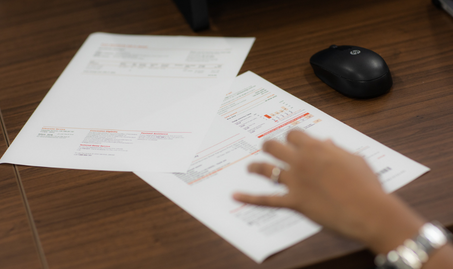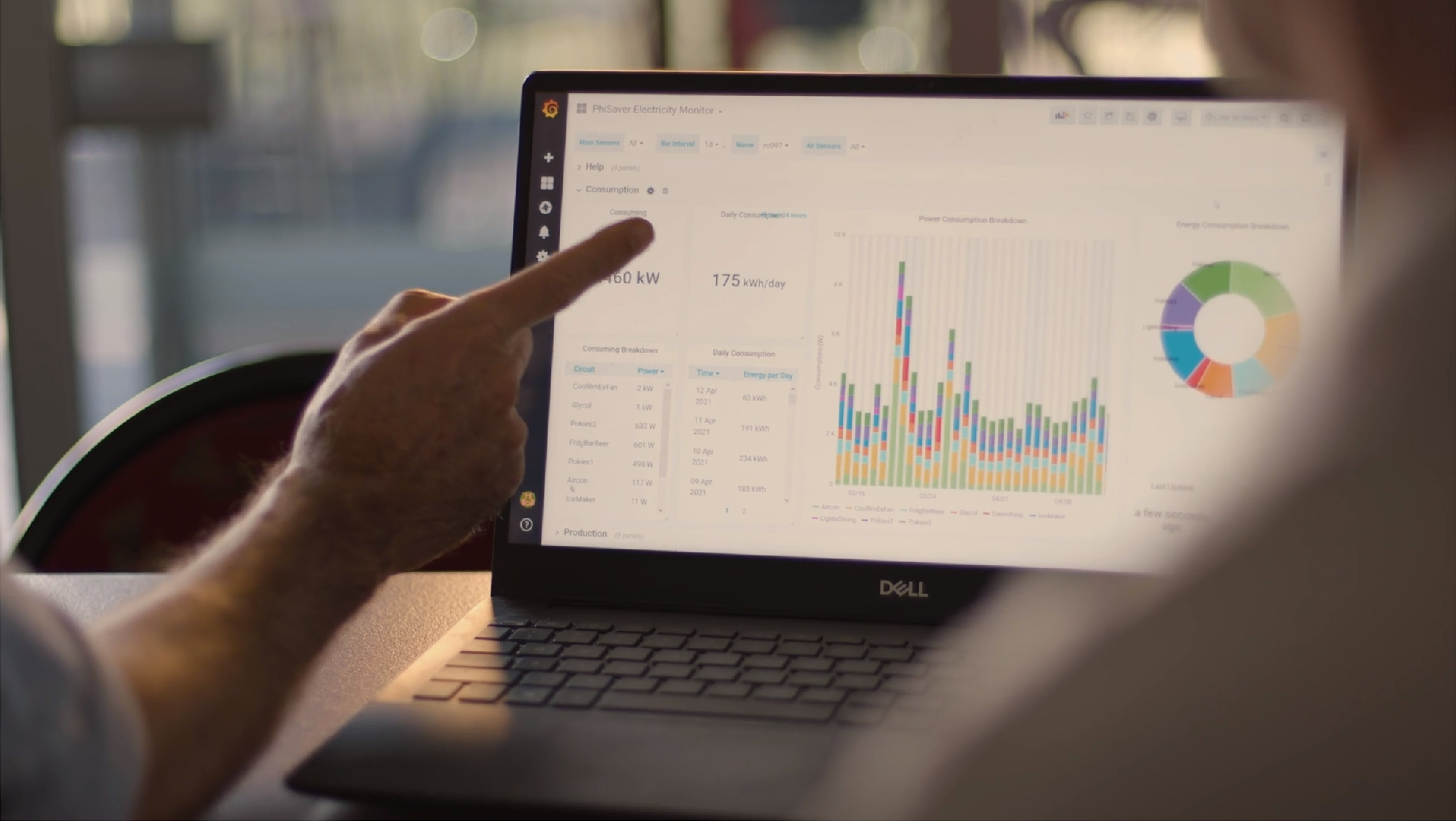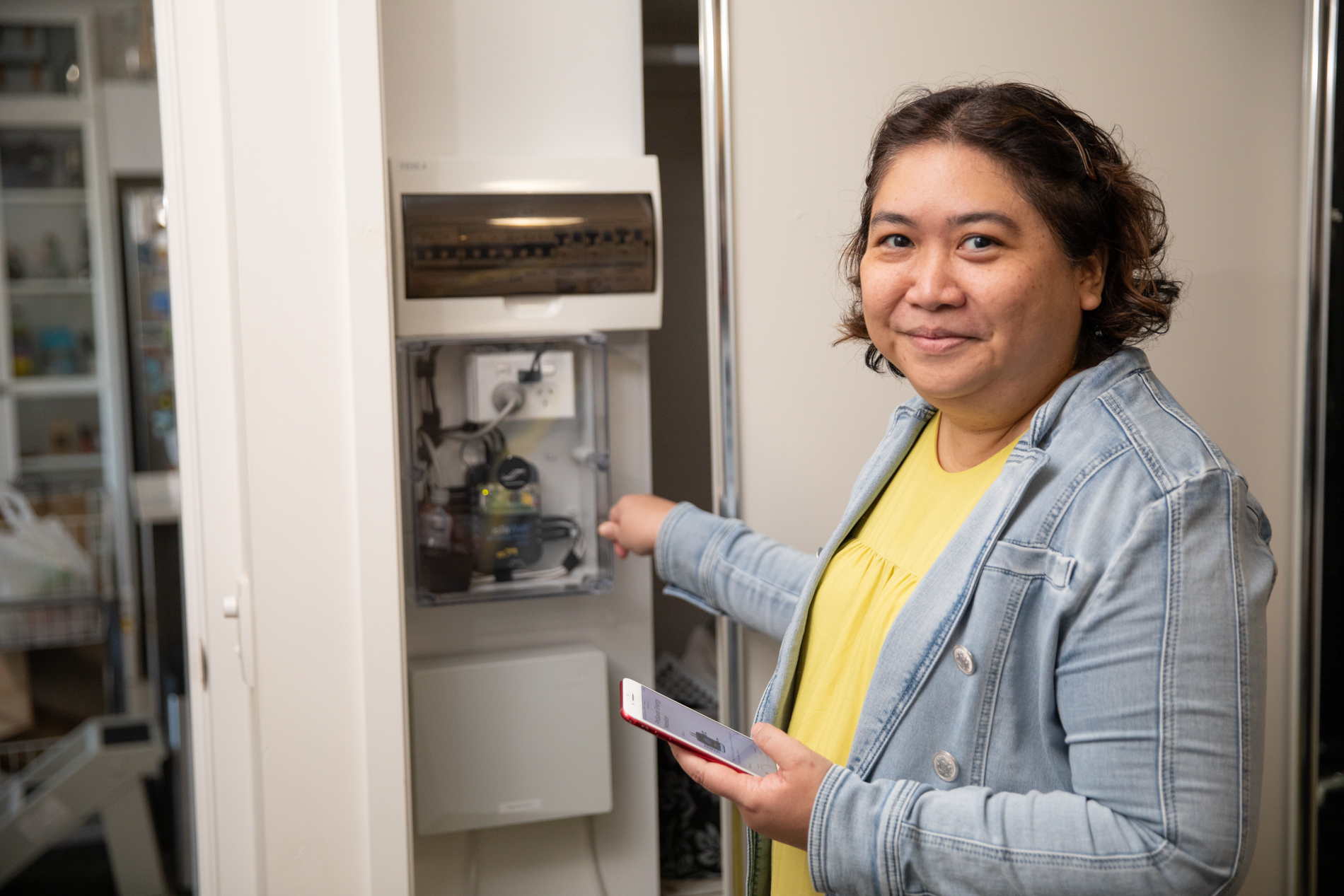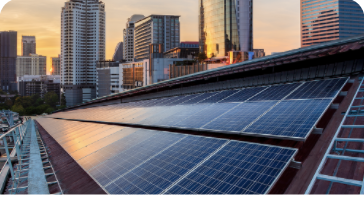SUSTAINABLE BUSINESS
What to consider when buying a solar system
Brisbane is the world’s solar capital, and for a good reason.
The river city averages more than seven hours of sunshine each day, making it the perfect place to invest in a solar system for your business.
Here are some things to consider before you get started.
How much electricity do you use, and when do you use it?
To calculate the financial feasibility of your solar investment, you need to understand your current consumption rate. A year’s worth of previous bills will help you understand how your business uses electricity while considering seasonal variations.
You also need to consider the time of day you use most of your power. If you have a business that uses the vast majority of your energy after dark, this will impact the profitability of solar.
To help you calculate how much you could save on your power bill and the return on investment, try the Queensland Government’s solar calculator.
How will your solar system affect the way you are billed?
When you use power generated by your solar system, you will decrease the amount of electricity you draw from the grid; that’s the whole point. But what many businesses don’t realise (or include in their feasibility calculations) is that decreasing your grid power use could also impact your tariff.
If your business uses $2,000-$5,000 worth of electricity per month, you will most likely be classified as a large customer by your energy provider. Large customers pay demand tariffs.
If you install a solar system that reduces your energy use below 100 megawatt-hours (MWh) a year, your business will be reclassified from a large customer to a small customer. Small customers use a single rate tariff. While single rate tariff are generally higher per kilowatt-hour, you will no longer pay demand charges.
To prepare for this tariff change, the Queensland government advises customers who are categorised as large business customers:
“Contact your electricity retailer to request the change to a flat rate tariff as soon as possible after your solar system is operational and reducing your grid energy usage.
“The network operator may need 12 months of data in order to verify that the installation of your solar system is consistently reducing your grid energy usage to less than 100MWh per year. In the interim, you will still benefit from reducing your grid energy usage.”
Read more about choosing the right tariff for your business or selling your solar.
Is your roof big enough, and does it get enough sun?
Thanks to improvements in solar cell technology, it’s no longer essential to have a rooftop facing due North for you to effectively harness the power of the sun. Instead, your roof simply needs to be large enough to hold the system size you need, and it can’t be too shady.
A 5 kilowatt (kW) system typically used for residential properties requires 20 x 250kW solar panels. Each panel is approximately 1.6m x 1m, meaning a 5kW system will need at least 32m² of roof space.
Most businesses will require a system significantly bigger than 5kW, but this is a great way to begin your calculations.
What sized system do you need?
The size of your solar system will be determined by your roof size, your energy needs and your budget.
If you only have a small amount of space to install a solar system, the size of your solar system will be defined by that space.
But, if you have a large roof space or even multiple warehouses across several sites, you are capped by the investment’s financial limitations and benefits.
The Queensland Government’s solar calculator will help you determine the size of the solar system you need based on your current energy spend.
In previous years, most people installed as much solar as possible onto their rooftops, relying on higher feed-in tariffs to pay back the cost of a larger-than-required solar system. These days, this may not be the best approach for your business. Instead, it might be more financially viable to install a system that will cover your median power requirements to reduce the amount you draw from the grid without relying on payments for the electricity you export.
Read more about selling your solar.
Are there any government incentives for installing solar?
Currently, the Australia Government is offering businesses the opportunity to write off depreciating assets until June 2022 instantly. This includes solar rooftop systems for companies with an aggregated turnover of less than $5 billion.
For more information about the instant asset write-off, see PlanetArk Power and the Australian Taxation Office, or talk to your accountant.
Choosing an accredited solar installer.
It pays to do a little research before signing any contracts with a solar installer.
An accredited solar installer is required by Australian law to meet specific standards, regulatory requirements and laws, and also to ensure any eligible rebates or incentives are applied to your investment. The Clean Energy Council manages the installer accreditation scheme.
You should also consider the information your preferred supplier provides you with. The quote they give you should be quite detailed and contain warranty terms as well as a complete itemised list of what’s included.
To find an accredited installer or check your preferred installers accreditation, visit the Clean Energy Council website. You can also ask your preferred installer for a copy of their digital accreditation ID card. The ID card can be displayed on a phone or tablet and includes a photo of the installer, an accreditation number, expiry date and types of accreditation held. At least one installer on the property should be a Clean Energy Council Accredited Installer.








